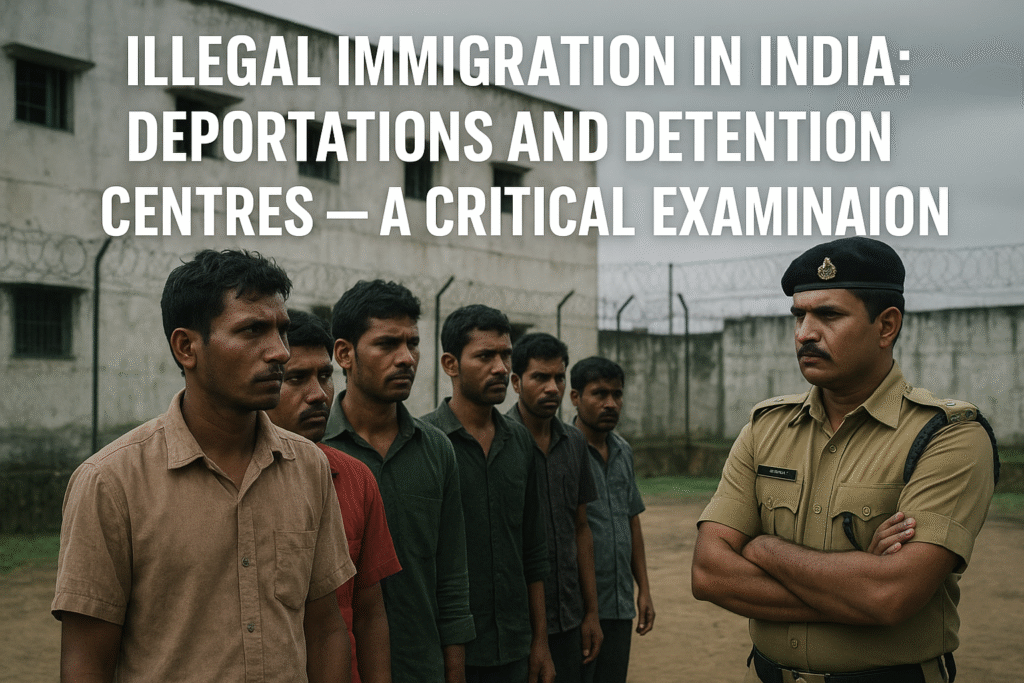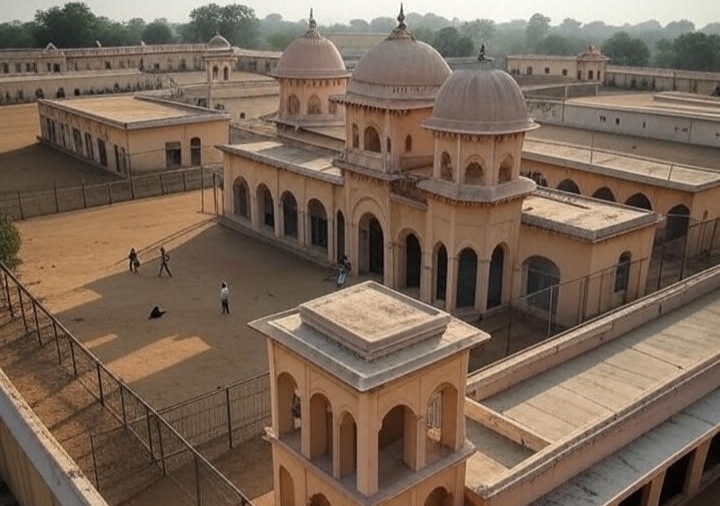 . Najmuddin A Farooqi
. Najmuddin A Farooqi
The issue of illegal immigration, government pushbacks and detention centres in India is not new, but it entered mainstream public discourse with unprecedented intensity after the publication of the final Assam National Register of Citizens (NRC) list on August 31, 2019 following the directives from Supreme Court of India. This development sparked deep concern among Indian Muslims, especially in the light of Bharatiya Janata Party’s visibly exclusionary stance toward them and the controversial enactment of the Citizenship Amendment Act (CAA) in 2019.
Since then a persistent sense of emotional and psychological unease has taken hold within the community and not without reason. While it is fair to expect community leaders to respond with measured and strategic clarity, the primary responsibility for ensuring fairness and public confidence lies with federal as well as state governments, bureaucracy and the police administration. A fair and unbiased national media is no less responsible. Alarmingly, these institutions have largely failed to calm tensions whether through neglect, bias or both.
Into this vacuum, unregulated social media has stepped in, amplifying misinformation by circulating exaggerated and unverified claims about the number of Muslim immigrants across India, police arrests, deportations and the scale of detention centre infrastructure. The result has been a distorted public narrative that obscures verified data and deepens mistrust.
Below are the best available public figures and ranges based on state reporting NGO investigations and media coverage. Numbers are presented with caution, come from varied sources, represent differing legal categories.

Assam — The Most Documented Case
In Assam, there are reported to be 6–7 operational detention centres, all located inside district jails. The estimated number of detainees is 800–1,000 (one widely cited report puts the figure at 938, including both declared foreigners and convicts). Investigations indicate that the majority are Muslim, media analysis place the proportion at roughly 60–70%, 600–650 individuals. Assam authorities have reportedly carried out expulsions or pushbacks “in hundreds” during certain recent periods, with historic totals possibly reaching in “low thousands”.
Other States and the Nationwide Picture
At least 2–3 detention or holding facilities have been documented in Delhi NCR used for irregular migrants and related cases including temporary or departmental shelters operated by various agencies. Multiple facilities and holding sites are also reported in states such as Goa, Karnataka, Tamil Nadu, Maharashtra, West Bengal, Jammu & Kashmir, Kerala, Rajasthan, Punjab and Uttar Pradesh, among others. Many are small ad-hoc or embedded within prison complexes.
The reported figure of Rohingya in detention is 676. While UNHRC has issued Identity cards to around 17000 to 18000 Rohingya refugees in India to prevent harassment, arbitrary arrests, detention and deportation. In Gujarat reportedly about 450 Bangladeshi nationals have been identified as residing illegally and over 6500 suspected illegal immigrants detained for questioning.
The Assam NRC alone excluded 1,906,657 persons. It is important to note that terms such as “declared foreigner,” “person excluded from NRC,” “detainee in an immigration detention centre,” and “deported person” refer to separate legal and administrative categories and combining them together, creates misleading totals.

Institutional Failures and the Information Vacuum
Several systemic problems fuel the current environment:
- Lack of transparency; There is no standardized national repository or reporting protocol, allowing state-level actions to be framed through competing narratives.
- Political polarization; Citizenship and identity debates amplified by CAA and high profile state exercises, have eroded trust in official processes.
- Weak Institutional Communication : Executive agencies, police and much of the national media not provided clear, verified information consistently, enabling social media to dominate with exaggeration and rumours.
The Central government should establish a centralized, national database where all states regularly submit detailed statistics covering the number of detainees their legal classification and outcomes of their cases. This would enable accurate and transparent countrywide analysis. The mandate, capacity, and resources of neutral bodies including judicial commissions, human rights institutions and independent NGOs should be strengthened to conduct routine inspections of detention facilities, document conditions and share findings publicly. Authorities should also proactively release verified summaries and timelines of enforcement actions and deportations, ensuring the public receives timely fact based information and reducing the spread of misinformation.
The facts on the ground are unevenly documented and rapidly evolving. Assam remains the most closely monitored state for detention and exclusion. Beyond Assam, multiple states maintain detention and holding facilities, but data are fragmented and often opaque. For a debate that touches upon fundamental rights and citizenship, reliable, standardized data and transparent administrative practices are essential to restoring public confidence.
(The above information is corroborative with that of UNHRC, Global Human Rights Watch Research besides other reputed media houses)
By Najmuddin A Farooqi.



